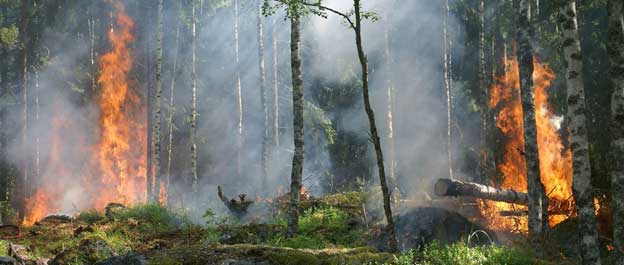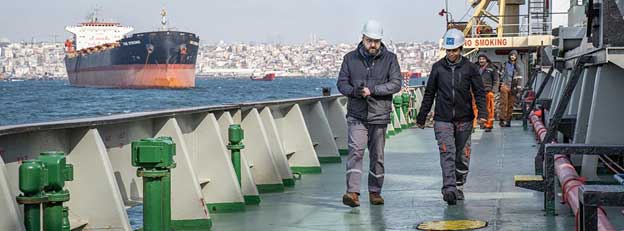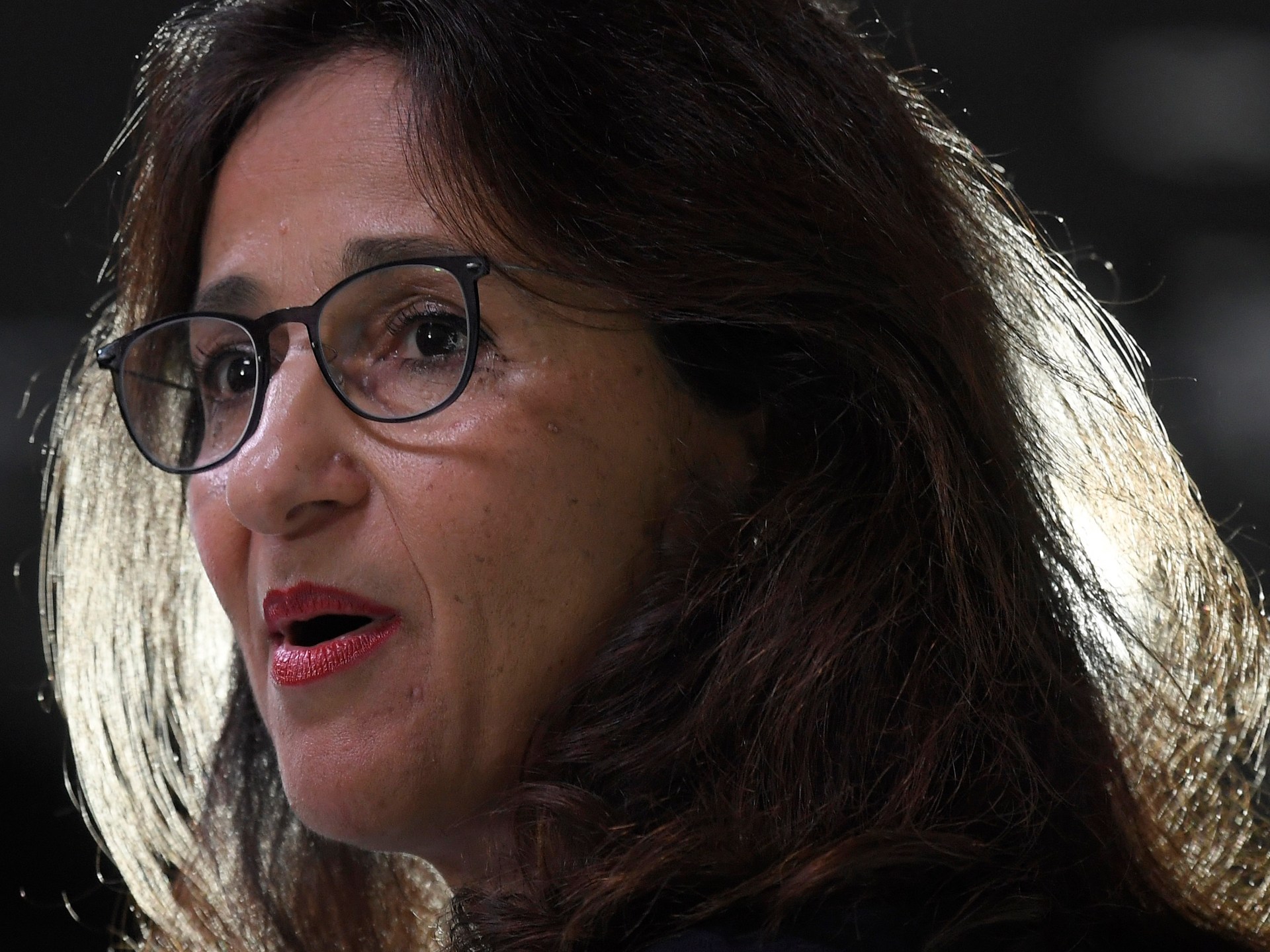What a World 1.5 degrees Hotter Would Look Like — Global Issues
AMSTERDAM, Jul 14 (IPS) – The dangerous state of global climate has reached a new low as a World Metrological Organisation (WMO) analysis reveals. It confirms a known obvious: human activities continue to worsen conditions that have changed our planet’s climate.
Most distressing is that ‘there is a 66 per cent likelihood that the annual average near-surface global temperature between 2023 and 2027 will be more than 1.5 degrees Celsius above pre-industrial levels for at least one year.’
With under five years before the much dreaded 1.5 degrees set by the Paris Agreement becomes a reality – and with it ‘a 98 per cent likelihood that at least one of the next five years, and the five-year period as a whole, will be the warmest on record’ – politicians and policy-makers have received the loudest definitive clarion call that should induce urgent and fundamental changes in approaches to mitigating and adapting to climate change impacts.
It had been known for decades that the African continent is highly vulnerable to such impacts as drought, flooding and heatwaves. What remains unknown but can be reasonably discerned is the scale of human catastrophe and its resulting global impacts that are certain to happen should – so far unsuccessful – climate governance approaches remain unchanged.
Already observed impacts of climate change
It is now reasonable to conclude that climate actions that should have been undertaken at a continental scale will not be completed within five years to avert climate change impacts. Over decades, predictions in earlier International Panel on Climate Change (IPCC) reports have already become a reality.
Its latest special report – focused on the 1.5 degrees threshold – details climate impacts that have claimed lives and livelihoods among Africans who contributed the least to climate change. Six climate impacts assessed between ‘medium, high and very high confidence’ such as displacement, heat and losses in agriculture and crop production, are no longer just predictions — and are certain to further increase within the next five years.
A certain outcome of this will be increases in false solutions, such as techno-scientific babble to spray silver iodide into the atmosphere to create rain, as well as inflame nationalistic policy responses, such as the British government’s current inhumane policy to return a growing number of people fleeing from the most vulnerable continent to climate change impacts.
Any effort, worthy of being considered serious, to avert further callous suffering and wanton waste of lives across Africa during the next five years, must aim at implementing climate mitigation and adaptation projects at a scope, continental scale and rate that surpasses the frequency of recent environmental disasters.
Before the onset of these WMO’s predictions, those most responsible for climate change saw and mostly ignored as distant problems, the starvation in Ethiopia, catastrophic drought in Kenya and cyclone in Zimbabwe that affected millions, killed thousands and, since 2021, displaced some 1.5 million searching for food and water in Somalia.
But such a short-sighted understanding of cascading impacts resulting from extreme weather and environmental conditions induced by a changed global climate will only worsen the situation. Further, beyond five years, social outcomes across Africa would, in the long-term, represent persistent social pressures, including from those with the courage to maintain a moral sting on the conscience of politicians in developed countries.
A most certain of those is the changing demography of Africa, as ‘more than half of global population growth between now and 2050 is expected to occur in Africa.’ In sub-Saharan Africa, the population is projected to grow from 258 million in 1984 to over 1.6 bn in the next seven years. It would be a natural outcome that these lives will relentlessly escape barren farmlands and flood communities that no longer sustain their lives for those in Europe and elsewhere.
Reports of thousands of lives lost at sea should signal to politicians that risks faced by those seeking refuge by crossing the Mediterranean Sea, using over-crowded and rickety boats, are not sufficient deterrence to outweigh their perceptions of protection in developed countries that are comparably more adapted to climate change impacts and with mitigation solutions.
Another reason for urgent changes to addressing climate change is that assistance to developing countries to aid humanitarian disasters are constrained by inflation in developed economies, the political climate in donor countries and unforeseen developments, such as the recent Covid19 pandemic.
And so, within the next five years, the resulting environmental disasters from a world warmed to 1.5 degrees, coupled with national economic pressures in developed countries such as inflation, which reduces foreign aid, inconsistent national policy-making from short-term political cycles and misplaced national priorities on overseas development assistance (ODA) – such that saw Somalia ranked tenth on a list of top-ten recipients of gross ODA between 2020 and 2021, during the same period the country was experiencing a profound humanitarian crisis – will contribute to creating a global humanitarian catastrophe perhaps not seen since the end of the Second World War.
The need for large-scale transformations
Unlike Western Europe, which was rebuilt on the Marshall Plan, a similar plan may be unnecessary for Africa, had developed countries honoured promises on climate change assistance. But climate finance promises to honour yet more broken promises have not stopped African countries’ from increasing their resilience and reducing the continent’s high vulnerability to climate change impacts.
They continue to play by UNFCCC rules and have deposited plans, including plans to implement plans, to mitigate and adapt to climate change. But as the UNFCCC has found, virtually all National Determined Contributions, from some 100 countries, ‘need international support for technology development and transfer to implement.’
Since as many countries have been waiting for decades for such support, it is reasonable to suspect the finance needed will not arrive in less than five years. And so, national efforts to protect lives across Africa have largely come to nought, while emissions outside the continent continue to rise, while ironically, the premature death of ‘King Coal’ still makes headline news in the foreign press.
Keeping that failure in mind, if the Paris Agreement could still be lauded as the greatest achievement on climate change, then the accord’s approach to implementing its solutions is its weakest. Whether it’s implementing mitigation and adaptation projects or transferring technologies from developed to developing countries, the inflated role and relevance of money to realise these solutions reduce the accord’s potential from a practical instrument to a simple conceptual document.
Its finance framework contributes to gestate and birth a marketplace of climate finance funds, greenwashing scams and initiatives informed by neoclassical free-market logic that, as yet, have failed to reduce global emissions. But where the framework should matter most – to stimulate climate finance flows to developing countries – remains an unmet need.
Yet, Africa’s persistent high vulnerability to climate change impacts isn’t for lack of climate finance, but one of access to money. One has only to observe that Africa has historically been at the bottom rung of recipients of public and private sector finance, such as foreign direct investments and overseas development assistance.
Climate finance, which must freely flow to fund renewable energy and climate-resilient projects, has followed suit. Until 2050, the continent would need, yearly, $240 bn to implement climate mitigation and adaptation measures, but received $15.7 bn in loans in 2020. It is more critical now than ever to understand that private financial markets are unsuitable for solving public problems.
Economic power has historically been centralised in developed countries and climate change impacts will not honour this historic disparity.
Decarbonising African economies implies societal, sectoral and infrastructural transformations at a scale unknown to human history. Yet, knowledge and technologies exist today to make this transformation a reality. But this evidently provides no assurance for their use, mainly because of the insistence that such transformation should be accomplished on the basis of neoclassical market logic.
Aside from such reasoning reflecting a certain measure of cognitive dissonance, it also suggests a wilful and callous condemnation of vulnerable lives to more death and unnecessary suffering. A practical and perhaps only option now is to consider implementing climate solutions outside the free economic market.
The second is to socialise these solutions. This henceforth should mean that decisions on how to provide electricity to hundreds of millions who’ve been living in perpetual darkness at sunset for generations, provide drought-resistant crops to those in barren farmlands and supply early warning systems to prevent deaths from extreme weather, must no longer be informed by neoclassical economic dictates. By orienting climate solutions towards social goals, human societies may minimally survive in a world warmed up to 1.5 degrees.
Michael Davies-Venn is a public policy analyst and communication expert. He works on global environmental governance with focus on climate mitigation and climate adaptation measures between developing and developed regions. He is Junior Fellow at Vrije Universiteit, Amsterdam.
Source: International Politics and Society, published by the Global and European Policy Unit of the Friedrich-Ebert-Stiftung, Hiroshimastrasse 28, D-10785 Berlin.
IPS UN Bureau
© Inter Press Service (2023) — All Rights ReservedOriginal source: Inter Press Service
Check out our Latest News and Follow us at Facebook
Original Source







